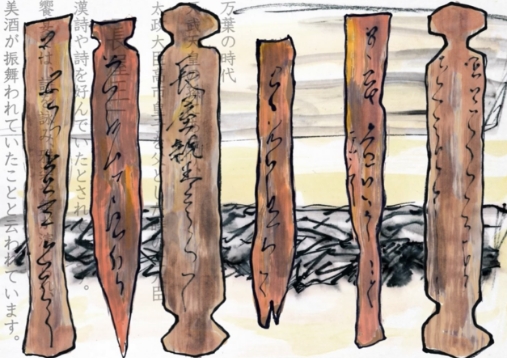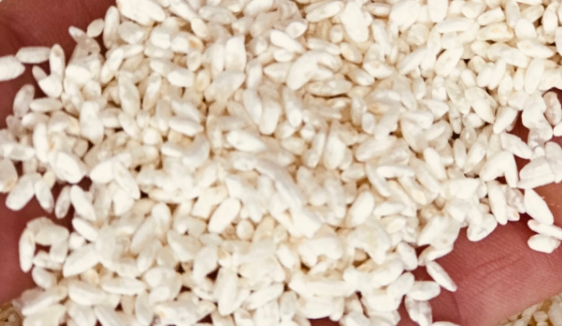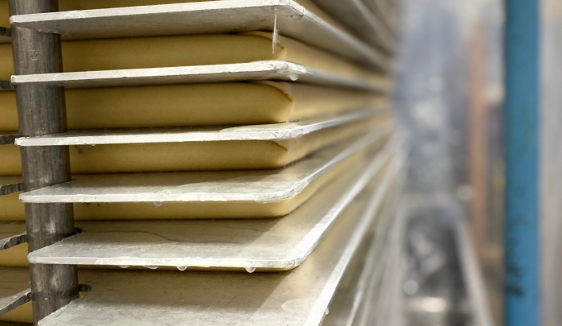In 1988, excavations at the site of Japan's ancient capital of Heijo-kyo unearthed 35,000 mokkan--wooden tablets used in ancient times to write with ink--some of which were found to include descriptions of a long-lost method of brewing Japanese sake. The texts were written in the 8th century, around 1,300 years ago, at a time when the dominant powers in Europe were the Kingdom of the Franks and the Byzantine Empire. Using the descriptions recorded on these mokkan, we have succeeded in recreating the sake from 1,300 years ago, revealing a flavor and appeal utterly unlike those of modern-day sakes. In sharing this sake with the world, we named it after the man who once lived in the mansion where the mokkan were discovered. This man was the great statesman and member of the Imperial Family, Prince Nagaya.




